Preis der Nationalgalerie 2013
Photo: David von Becker
Award Winner
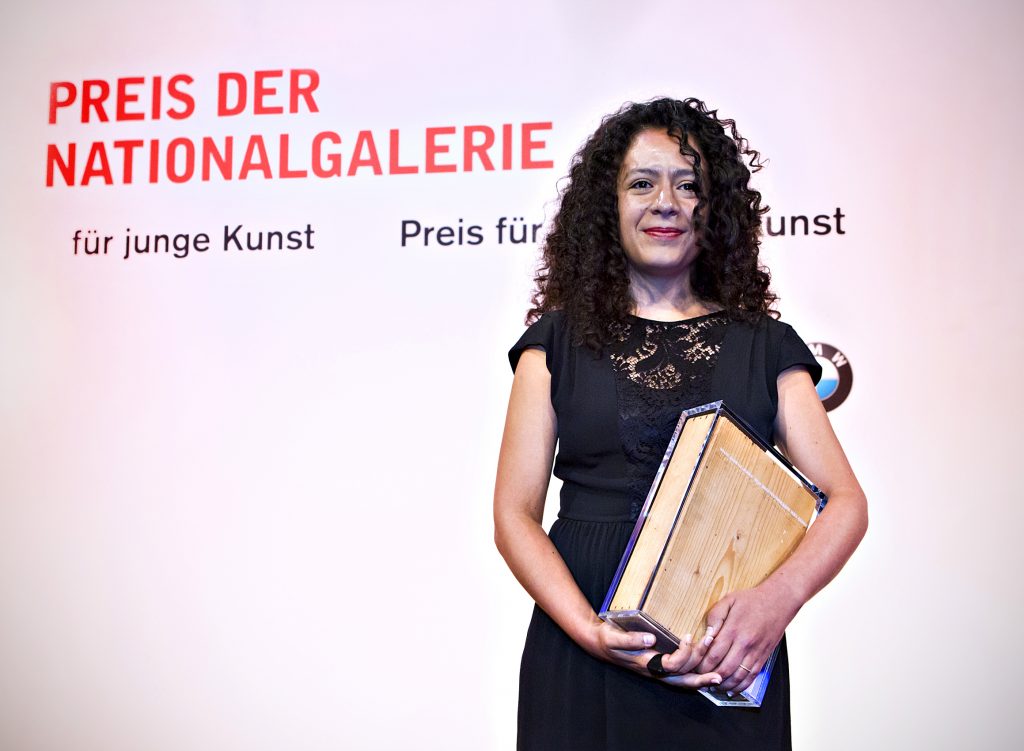
Mariana Castillo Deball
(born in 1975 in Mexico City, lives and works in Berlin)
Mexican artist Mariana Castillo Deball joins art and research closely together. The centre-pieces of her artistic works are frequently made up by archaeological finds which the artist presents and analyses in terms of their cultural uses. Traces of wear are becoming the focus alongside her own free associations about the history of the uncovered or already archived items. This process of deconstruction results in works using very different media such as drawing, film, sculpture, installation as well as performance, which serve Castillo Deball to extend the possibilities of artistic representation considerably.
Award Winner Exhibition
September 20, 2014 – March 1, 2015
Hamburger Bahnhof – Museum für Gegenwart – Berlin
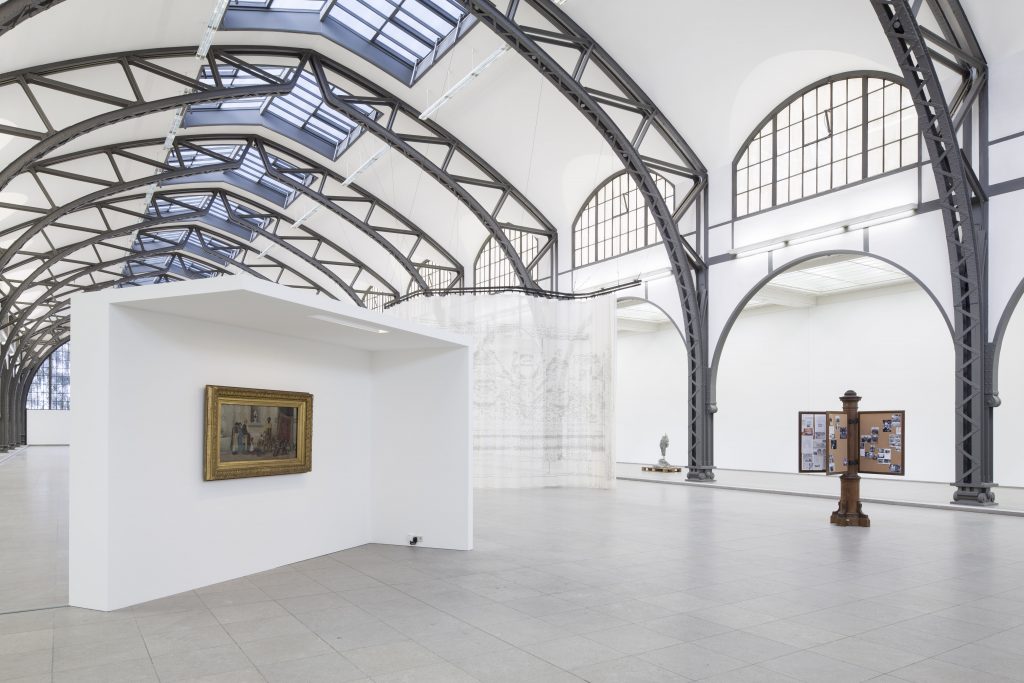
Parergon
The artist Mariana Castillo Deball showed a project especially developed for her solo exhibition in the historic hall at Hamburger Bahnhof. This large-scale installation united diverse artistic reflections that intersect historical research, philosophy and art; all of which are decisive for Mariana Castillo Deball’s work. The artist appropriates specific subject areas for her own works and transfers the emergent research process, which is reminiscent to methods of archaeology, ethnography and the history of science, into a contemporary artistic use of visual forms. She sets that which has been forgotten into new contextual relationships in order to allow images to be both experienced and to create alternative readings.
In the exhibition at Hamburg Bahnhof, the artist devoted herself to the “biographies of things.” She directed her attention to objects in museum collections, where it is not unusual for them to have “spent itinerant lives wandering between courtyards, basements, pedestals, display cases, museums, traveling exhibitions and private collections” (Mariana Castillo Deball). Objects and works of art from various Berlin museums stood out as the focus of the presentation, above all, however, those that were connected to the Nationalgalerie’s collection at different points in time. As “Parergon” (supplementary work, byproduct), the title of the exhibition suggests, the history of the collections, its buildings, exhibits and protagonists is examined and decrypted, in particular with regard to its migrations and reorganizations. Castillo Deball places special attention on connections that occur outside the frame of what is known and is unambiguous.
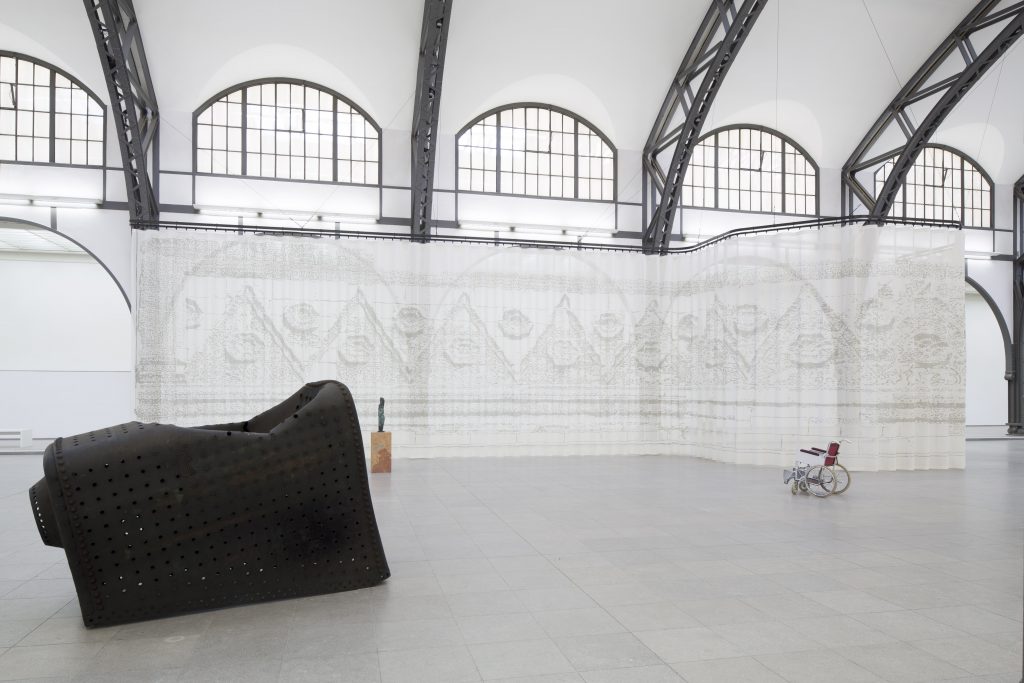
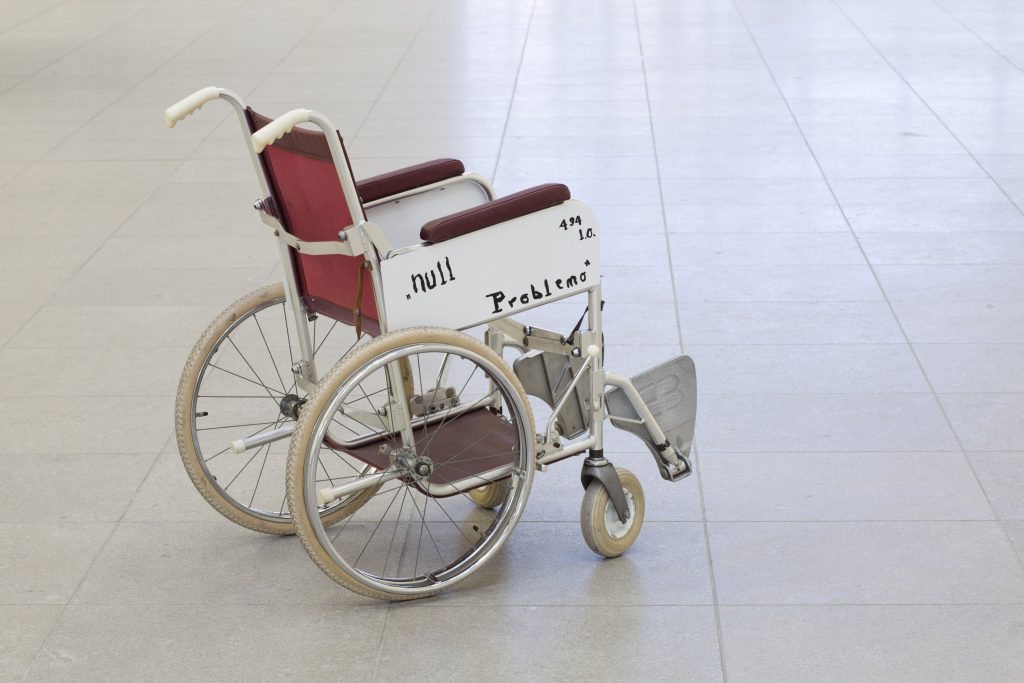
The degree of influence that a museum (as an institution) and its representatives have on the lives and the status of objects is a major focus of the artist’s reflections. The subject of the installation was less concerned with the actual facts of the strongly research-based project, but instead aimed to develop a situation that can be experienced through the senses, in which the artist links her own newly developed works to historical exhibits. New narrations and interconnections that arise between the various objects, historical breaks and chance occurrences provide Mariana Castillo Deball with the material for her own artistic interventions. She “would like to create a type of opera, in which a repertoire made up of objects, buildings and architectural reconstructions appear as the main characters” (Mariana Castillo Deball). These diverse characters enacted a “stage play” at the museum, in which their old, familiar ways used in the past and their previous adventures determine the dramaturgy of the exhibition.
As a further level to her opera, the artist had created an audio piece that provided insights into the preliminary research process, and was available to the visitor in the form of an audio guide. The voices of specialists, contemporary witnesses and fictitious characters gave their say and share very individual viewpoints and experiences with the visitors, which are connected to the complex history of Hamburg Bahnhof, the Nationalgalerie’s collection and the exhibits shown in the exhibition.
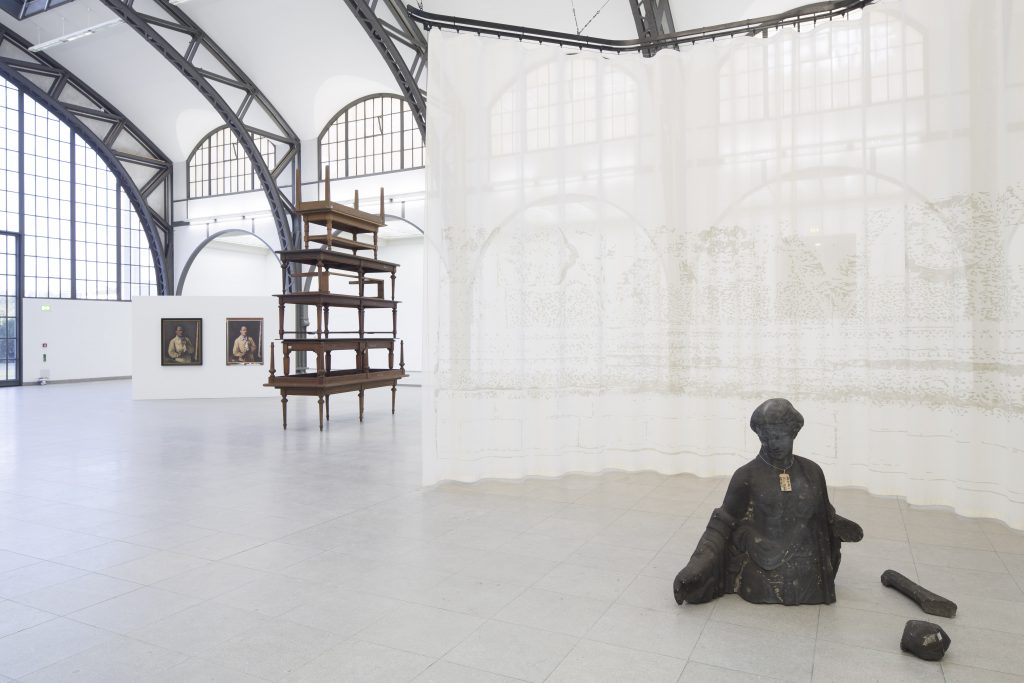
Shortlist Artists
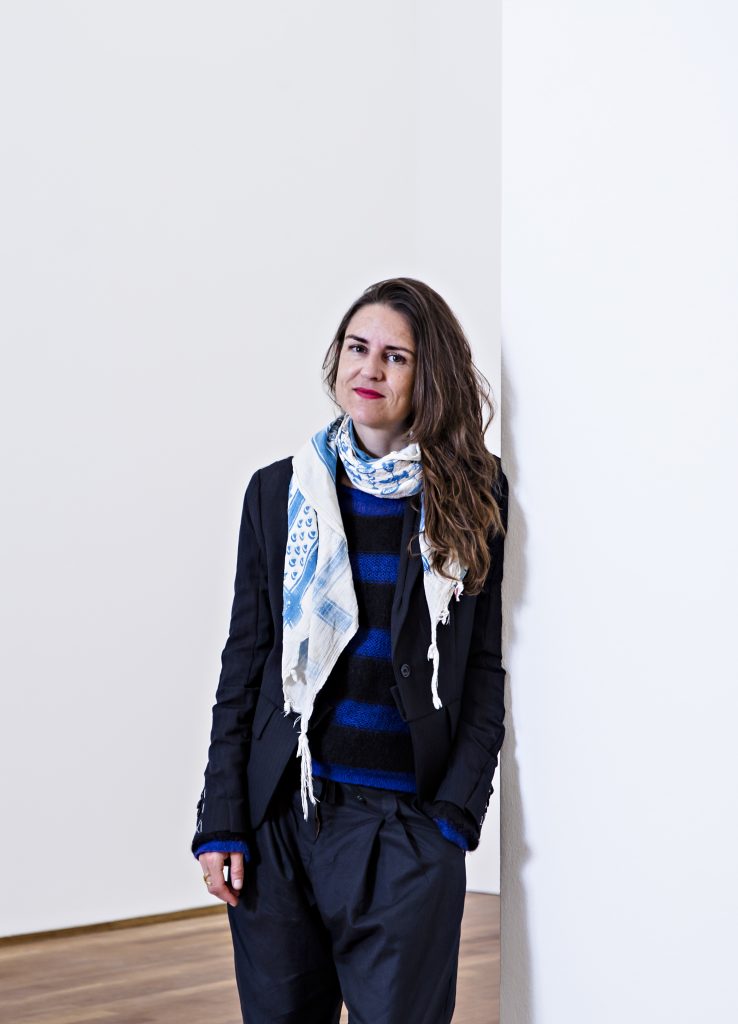
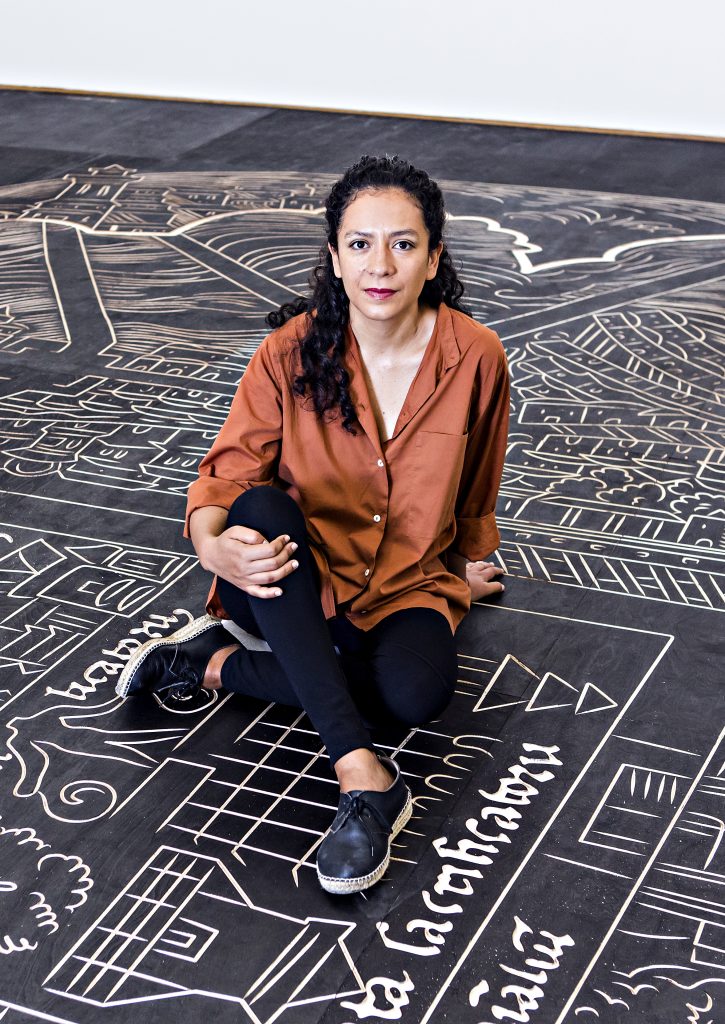
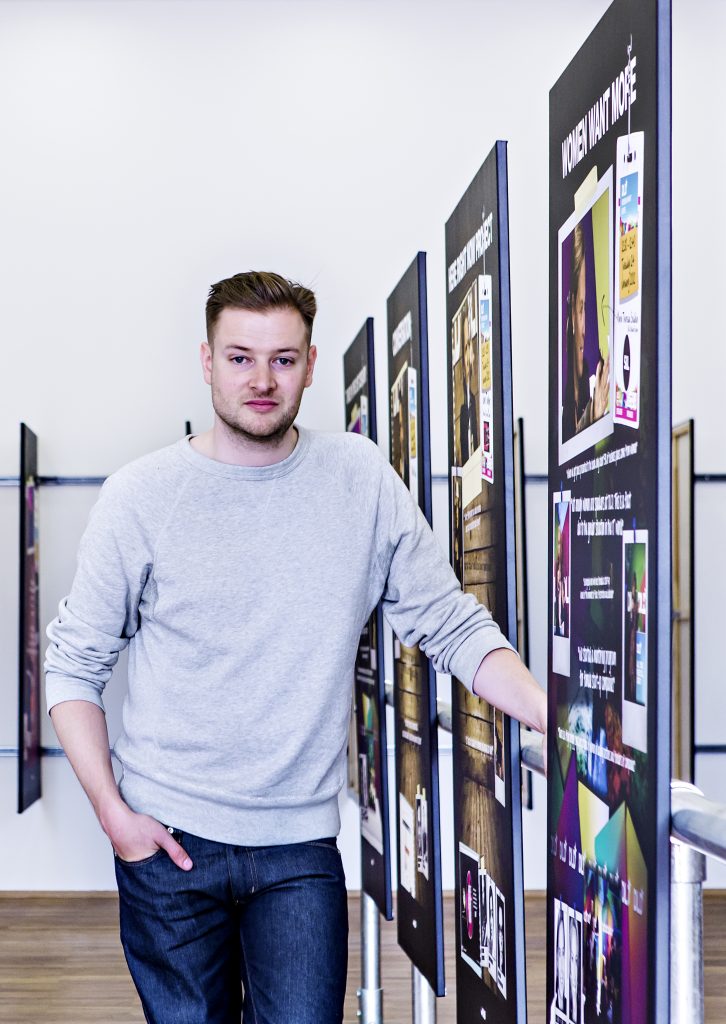
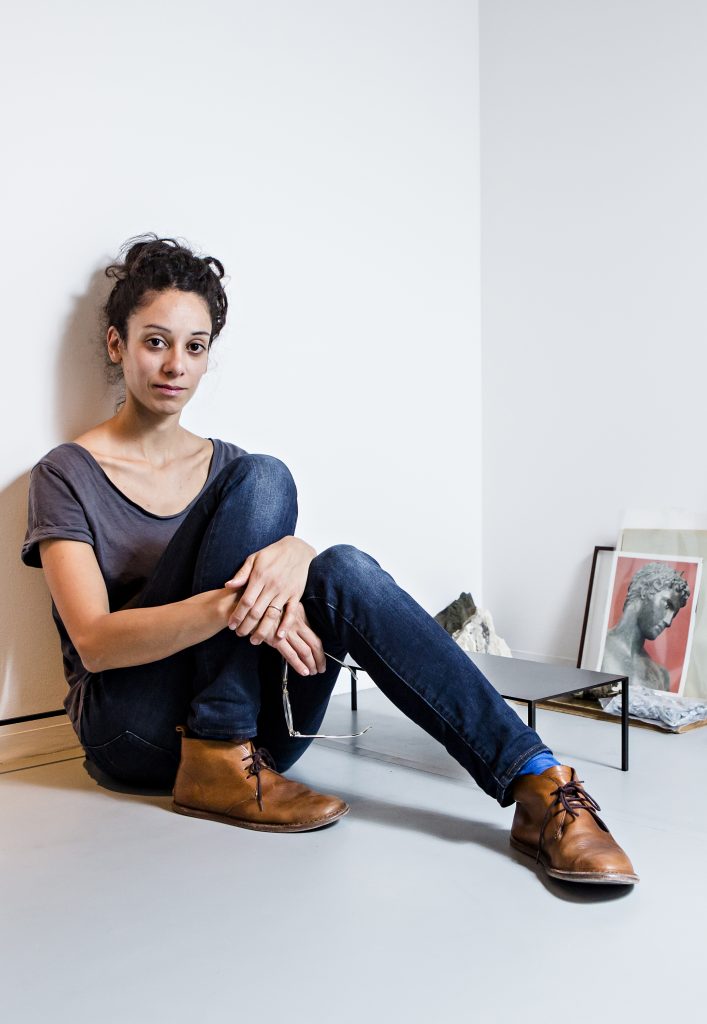
Kerstin Brätsch
Mariana Castillo Deball
Simon Denny
Haris Epaminonda
Shortlist Exhibition
August 30, 2013 – January 12, 2014
Hamburger Bahnhof – Museum für Gegenwart – Berlin
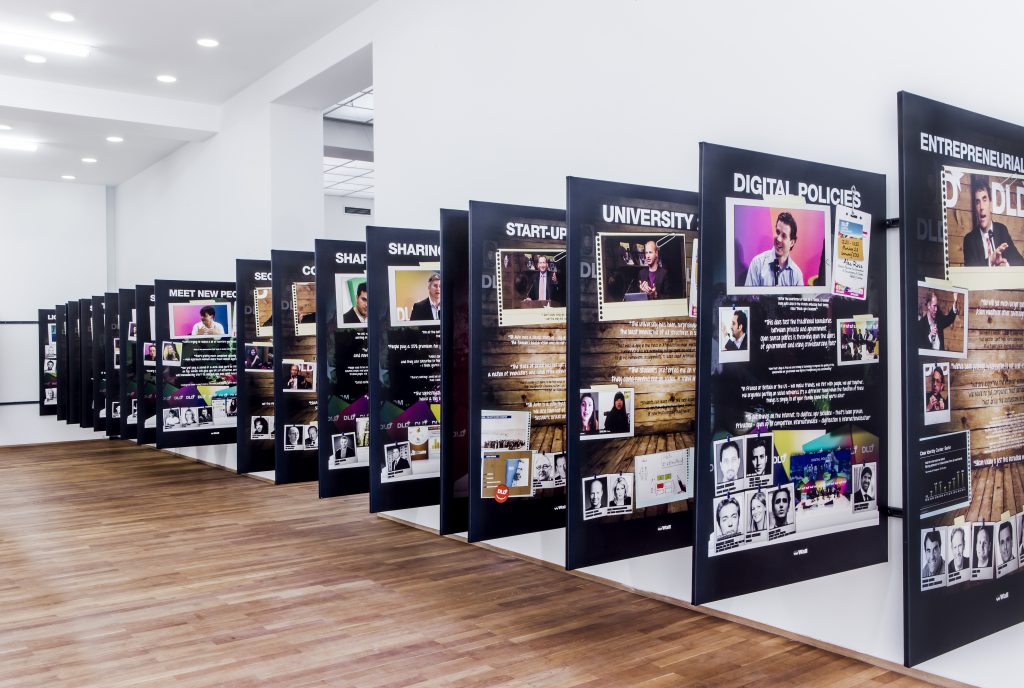
The New-Zealand-born artist Simon Denny focuses on media structures of communication. His work often begins with extensive research on television shows, shop windows, computer hardware or software, leading to highly focused installations with an ironic twist. With his presentation at Hamburger Bahnhof, Simon Denny documents and studies the language and aesthetics of the Digital Life Design Conference that took place in Munich in 2012. At this annual event, IT and media companies meet with representatives from the academic and cultural world to discuss questions pertaining to the future. In 2012, the DLD conference was titled “All You Need Is . . . Data?” The preparation and spread of data, how it is generated and becomes information became the subject of Denny’s work. In his installation at Hamburger Bahnhof, Denny transfers the chronology of the conference to a timeline of printed canvases hung close to one another. The artist opposes the statements of individual conference participants to one another and uses the aesthetic of the conference’s own graphic design and the backdrop. Canvas for canvas, a documentation of the event is created, its themes and meanings and its signs, slogans, and gestures. As a whole, the installation can be understood as a snapshot of the fast-paced media industry, a portrait of central approaches and attitudes that define communication today.
German artist Kerstin Brätsch expands the medium of painting with her open, experimental approach. Kerstin Brätsch’s painting ranges from large-format works on paper, transparencies, and glass to works that are created in collaboration, such as performances. As the artist herself stresses, she combines various kinds of corporeality—spatial, but also generally aesthetic, social, and psychological forms of corporeality—that all seek to define the definition of painting. This approach is very clear in her Psychics Series (2005-2008), a series of sheets of paper, roughly torn, hung on the wall only with magnets. The artist speaks of “notes”: with the densely hung, aesthetically highly varied sequence of pictures, Kerstin Brätsch refers primarily to the repertoire of painting, to its various components and references. They are unsettling pictures that hover on the border between abstraction and illustration. The large glass planes produced especially for the Berlin exhibition can be seen as eyes or as lenses, in which the artist’s painterly concept is translated to the materiality of glass and light. The panes were produced in the glass manufactory where Sigmar Polke once had his agate windows made for Zürich’s Grossmünster. Kerstin Brätsch discovered several remains of these stained glass windows, which she used to create her own works that now enrich her approach to painting as abstract-glowing recycled Polke. As part of the shared project DAS INSTITUT (Kerstin Brätsch and Adele Röder), the exhibition includes the slide series Viola (2011), where the two artists stage themselves as trompe l’oeil characters: by partially shading their faces, they create link to the grotesque and the monstrous. The open, the ambivalent, and the demonic aspect of her painting is summed up in the title of her space: Unstable Talismanic Rendering.
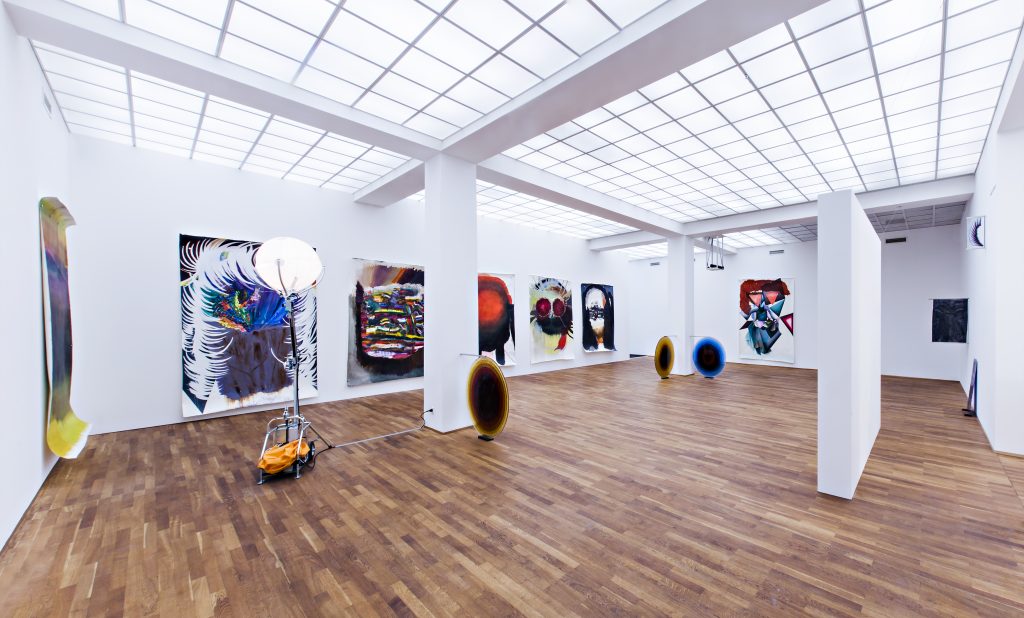
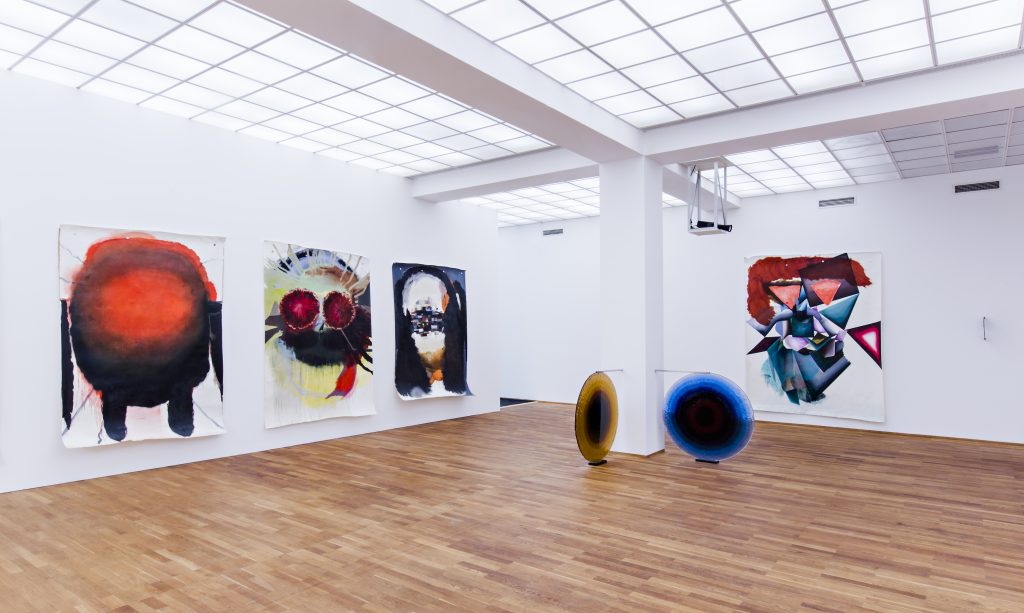
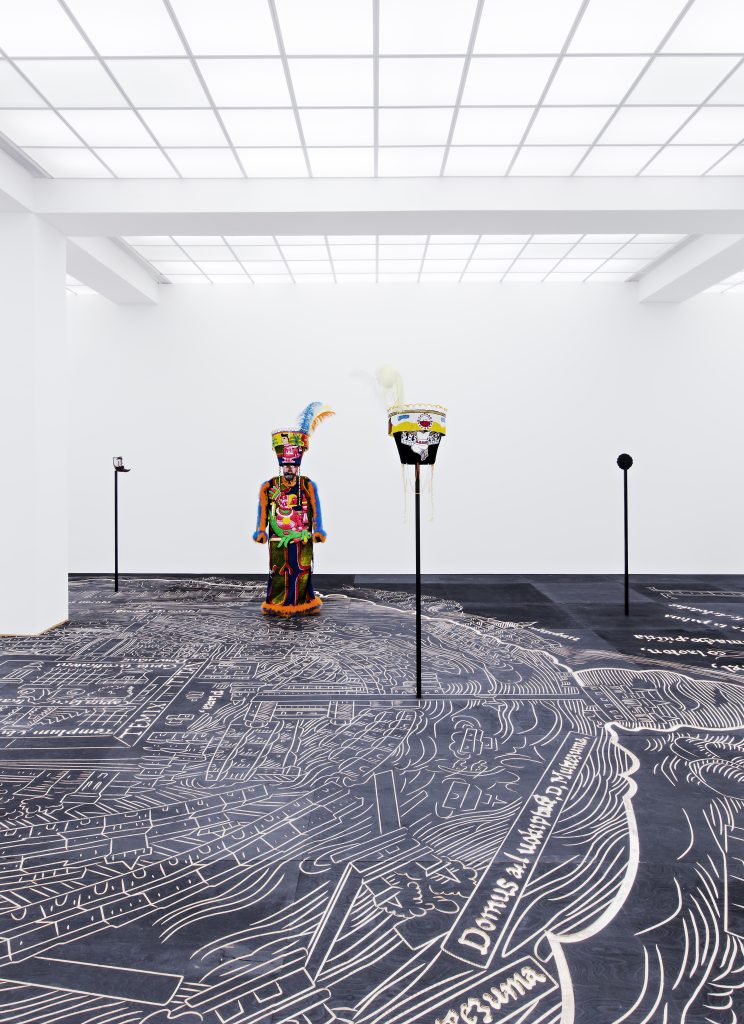
Mexican artist Mariana Castillo Deball works at the intersection between art and scholarship, between contemporary artistic approaches and historical research. With her various book projects, films, and installations, she offers new points of view on the apparently familiar, giving a new life to long forgotten stories. Castillo Deball integrates methods from archaeology and anthropology in her artistic practice. In her contribution to this exhibition, Castillo Deball works on the colonial past of Mexico and its effects, in particular the cultural intersections that resulted from the violent colonization and the ways of life among the original (indigenous) population. The starting point for the presentation at Hamburger Bahnhof is the famous map depicting the Aztecan city Tenochtitlan (today’s Mexico City) that was sent by the conquistador Cortés to Spain in 1524. This map was later printed and reproduced for the first time in Nuremberg as a woodcut. It is considered the oldest European map of Tenochtitlan. Castillo Deball had the outlines of this map cut into wooden floorboards and installed the boards in the space. The visitors now walk across an enlarged version of the print that decisively shaped the European image of the Mexican capital in the 16th century. It is thus a testimony to European cartography and the representation of power. But the map also contains images and symbols that are clearly of Aztec origin. The same is true of the costumes shown in the exhibition space. These costumes are worn by los chinelos, carnival dancers and bands from the Mexican state of Morelos. This ongoing tradition also dates back to the sixteenth century, when indigenous musicians and dancers copied the carnival costumes of the Spanish occupiers and combined them with their own indigenous patterns and symbols. By bringing together elements of the past and present, Mariana Castillo Deball explores how cultural identities emerge and the foreign is appropriated.
Cyprus-born artist Haris Epaminonda often takes strange images and things as points of departure for her work to create complex moods and emotions or to evoke vague memories. She uses found items, photography, text, and film that she removes from their original contexts and reassembles them in precisely balanced exhibition displays. The technique of collage is thus central to her approach. At Hamburger Bahnhof, Haris Epaminonda shows the video installation Chapters (2013), an extensive 16mm film work made in Cyprus in 2012 that can be considered a development of her previous artistic work. Within the winding structure of the installation, four projections are shown simultaneously in an endless loop, leading to ever-new visual constellations in the space as a result of the films’ various lengths. There is no linear plot, but images of landscapes, ritual acts, still lifes, and dance scenes evoke a mystifying world all its own. Statically filmed interiors and slow motion exude an almost spiritual sublime quality. Sounds of historical and contemporary instruments mix with animal sounds and original sounds from the site of filming. The objects and found pieces presented at the installation’s entrance are similarly complex: they take up themes from the film, can be read as fragments of cultural identities, and yet remain open, almost puzzling. Haris Epaminonda’s spaces take us on an associative journey to seemingly timeless other worlds where images and things develop a poetic life all their own.
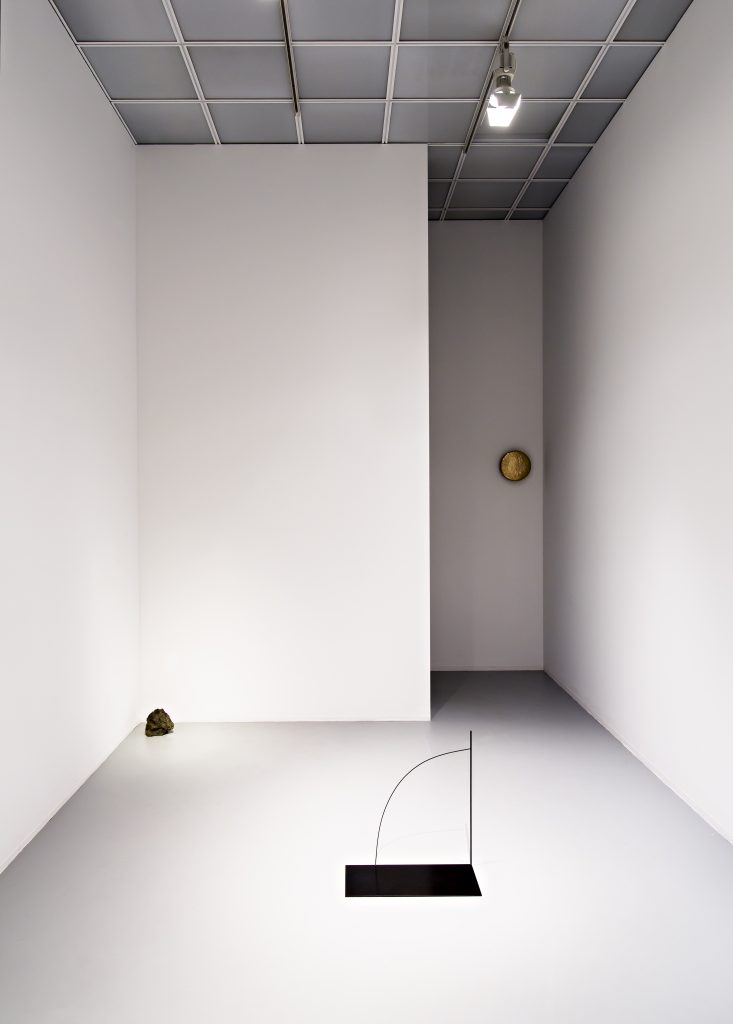
Award Winner Preis für junge Filmkunst (Award for Cinematography)
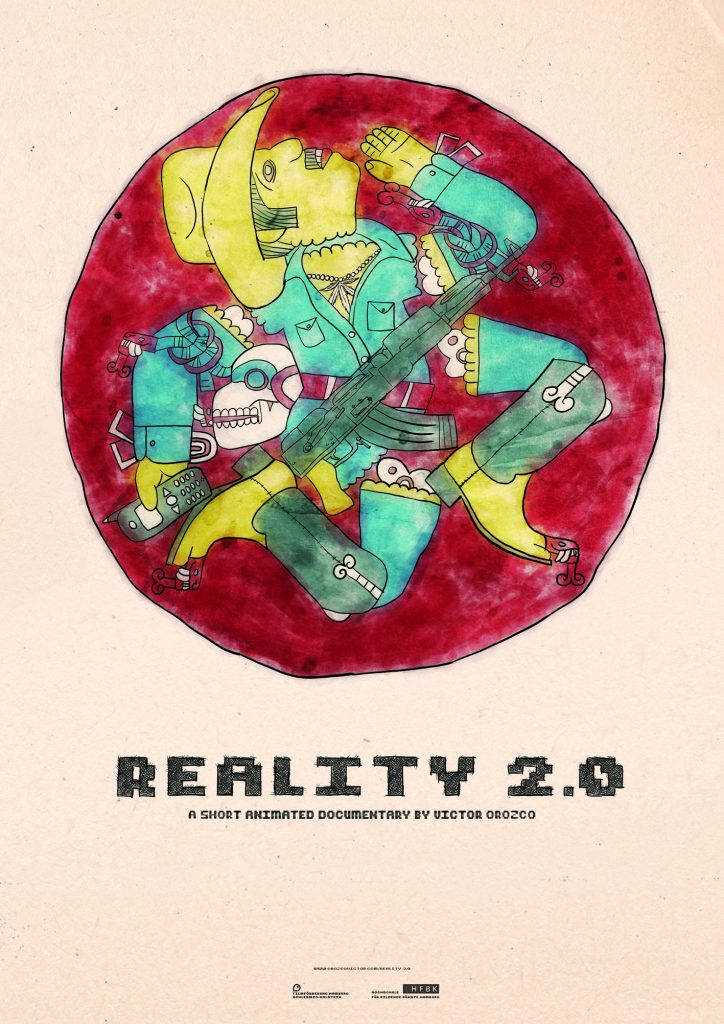
Victor Orozco Ramirez and his film “Reality 2.0”
Jury’s statement:
Victor Orozco Ramirez’s animated short film Reality 2.0 tells a very personal story: a new arrival from Mexico follows the escalating violence in the drug war taking place in his home country from far away Germany via the Internet. Cartels post videos of executions on YouTube and so-called narco blogs. The parallel reality created in such a way uses strategies from Al Qaida’s online propaganda and refers to the visual worlds of action movies and computer games. Ramierz’s film interweaves various thematic complexes in an impressive way: the view of a comparatively calm Germany from the perspective of a foreigner, the cultural fascination with the iconography of death in Mexico, and the aestheticization of violence through the media. Using hand-drawn animation and rotoscope technology, the horrific scenes are defamiliarized, and the director thus subverts voyeurism and the spectacle of violence favored by the Internet. With surrealist and poetic moments, the film is primarily a reflection on memory and real and mediated reality. Ramirez finds a rich visual language for his striking, carefully developed narrative.
First Jury
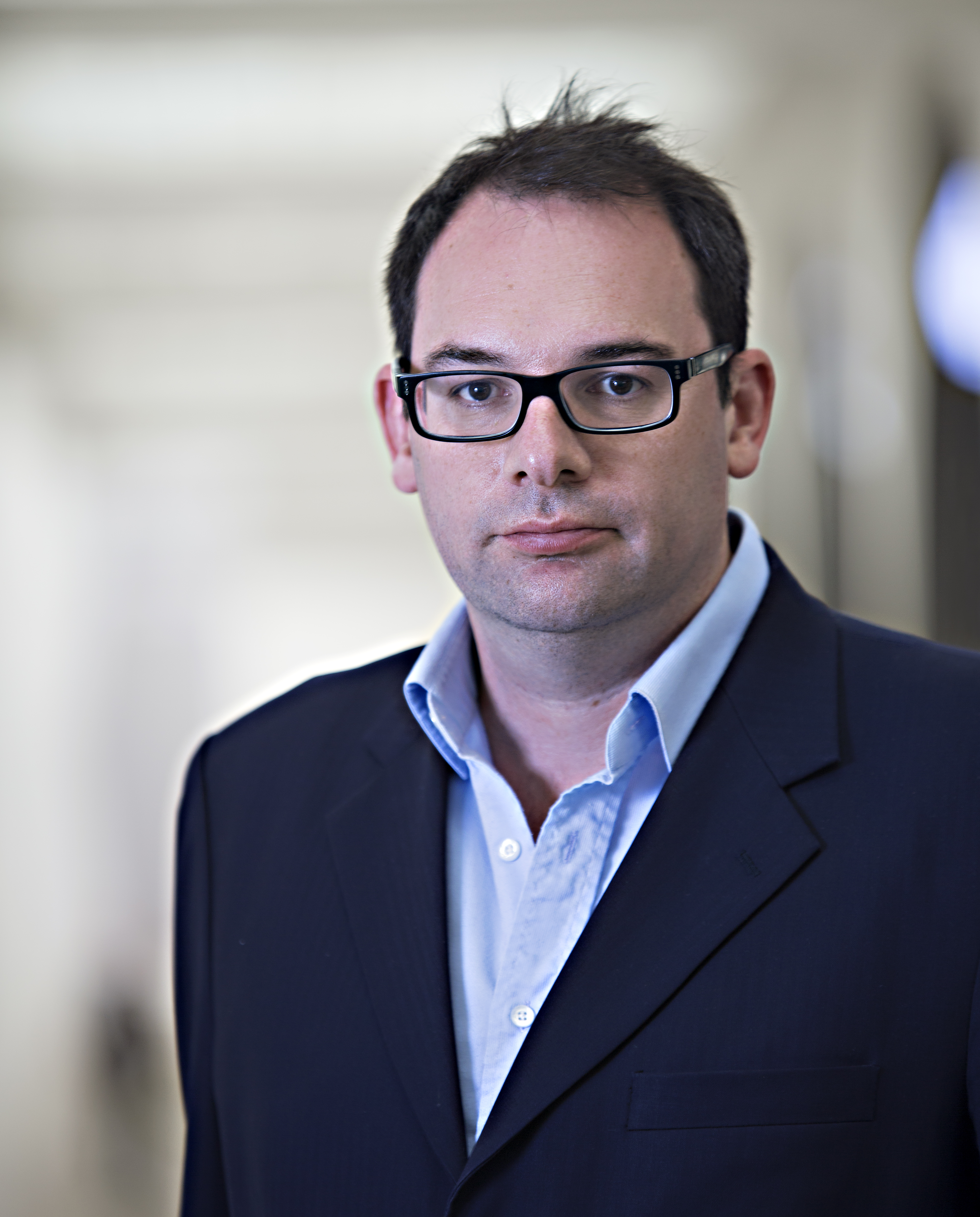
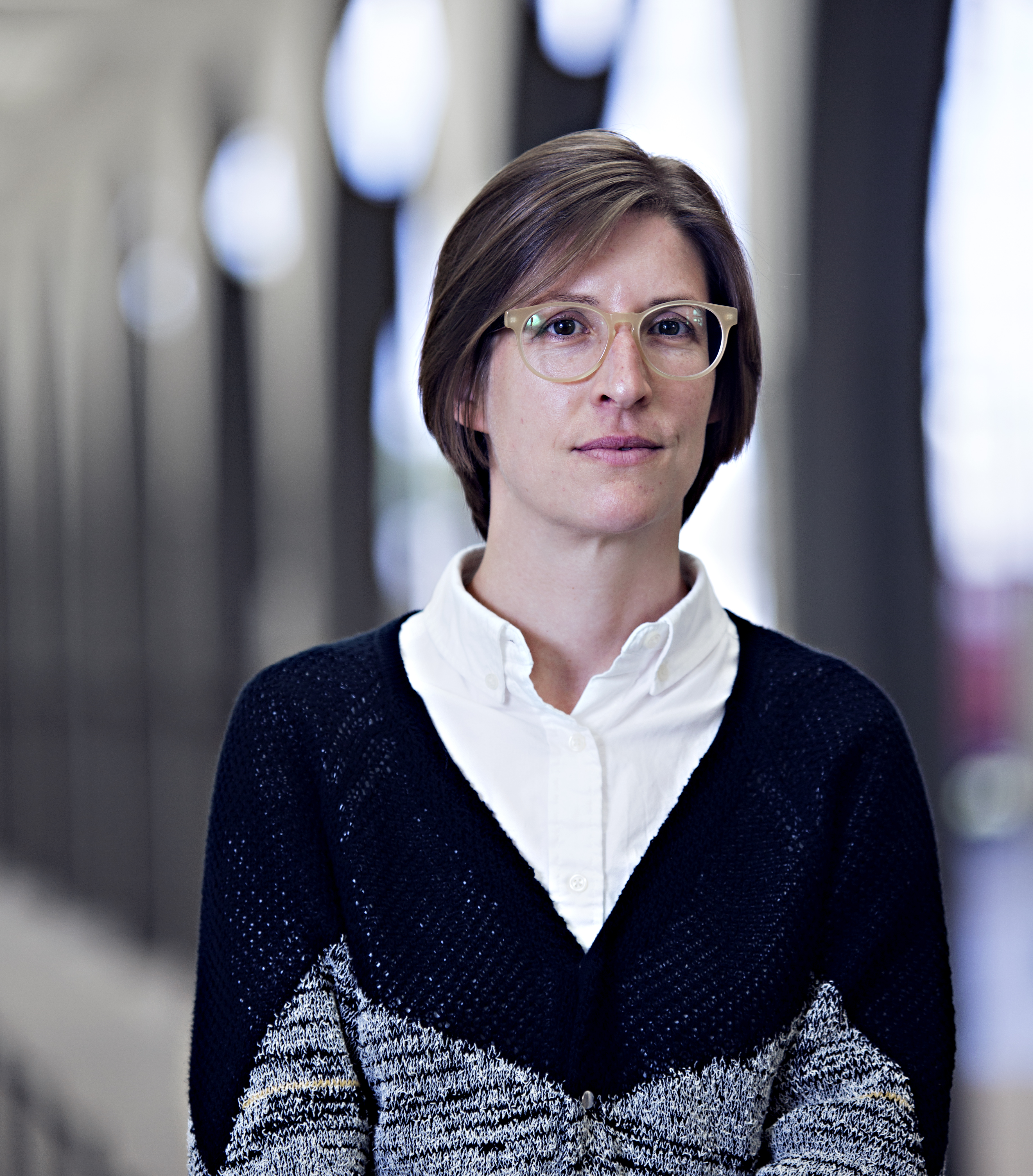
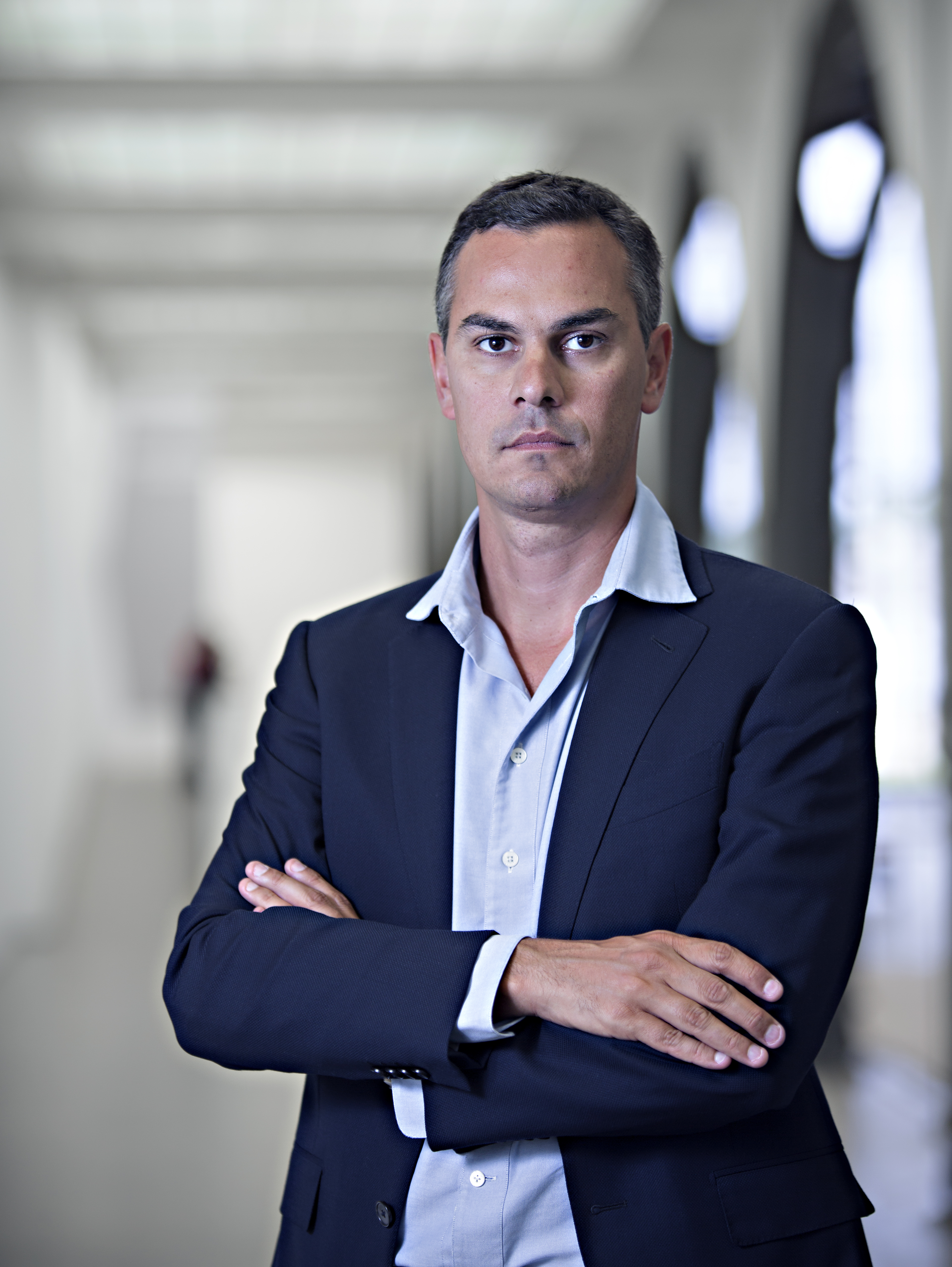
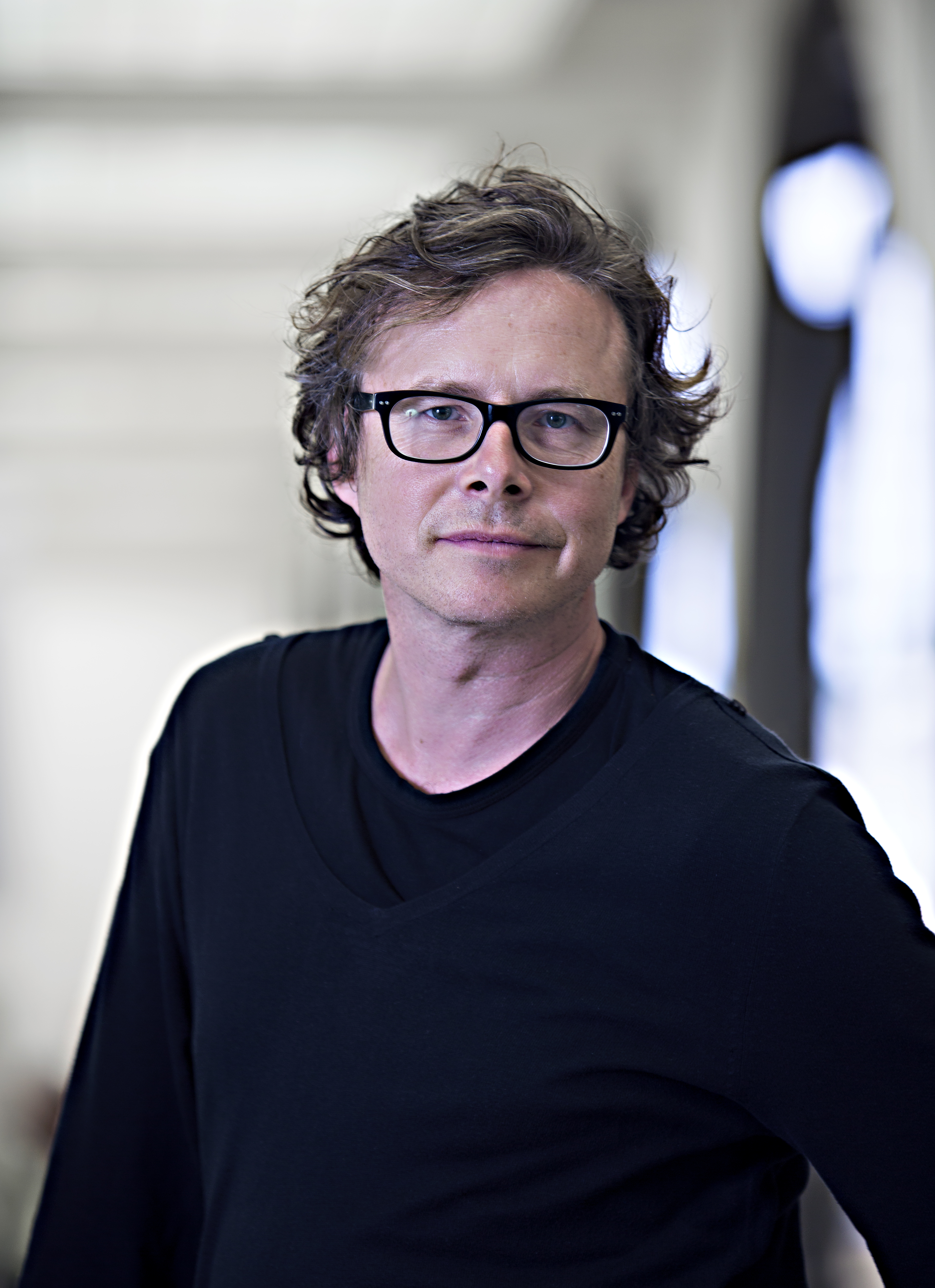
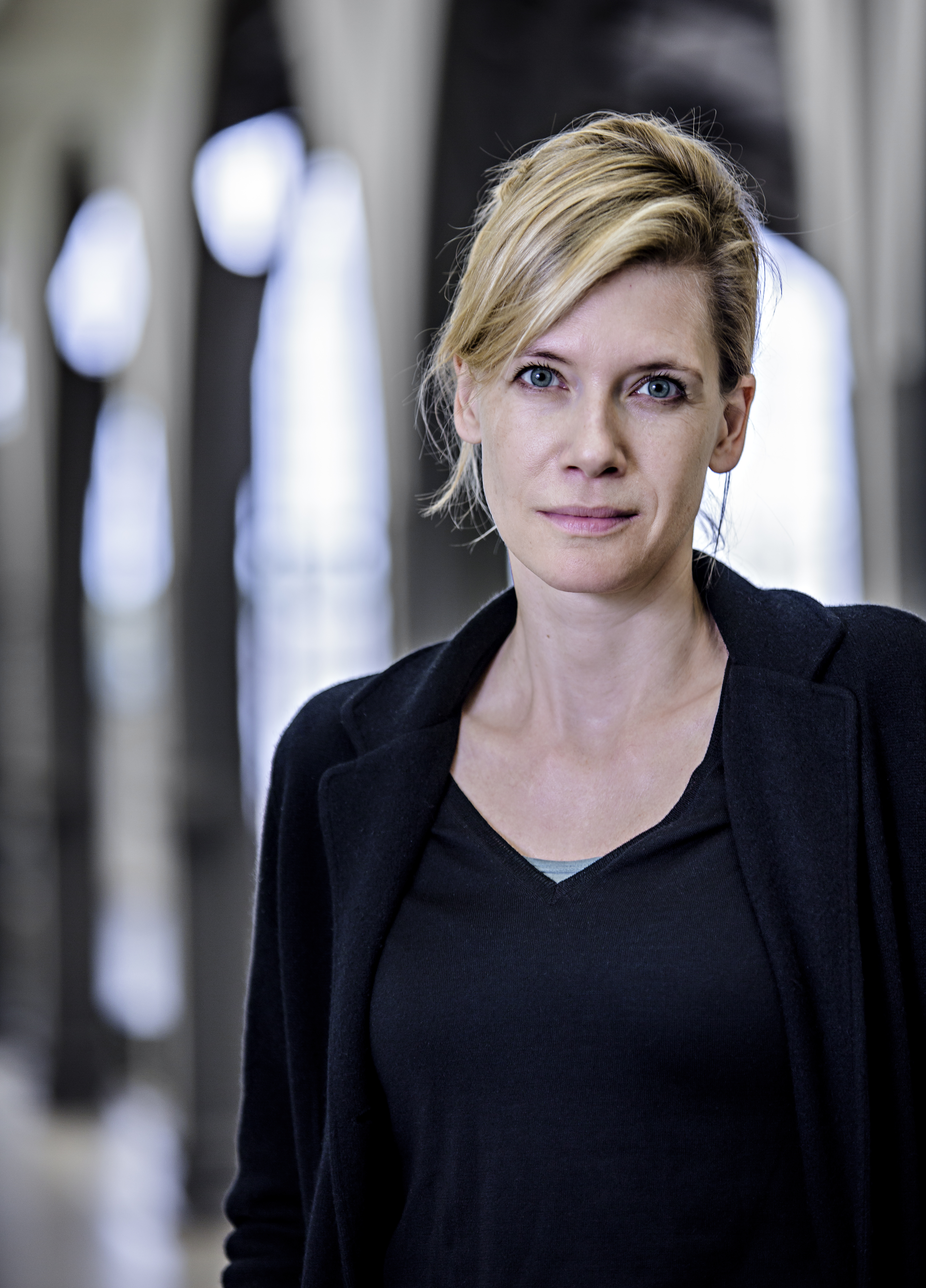
Tobias Berger
Ariane Beyn
Massimiliano Gioni
Anno Saul
Ina Weisse
Second Jury
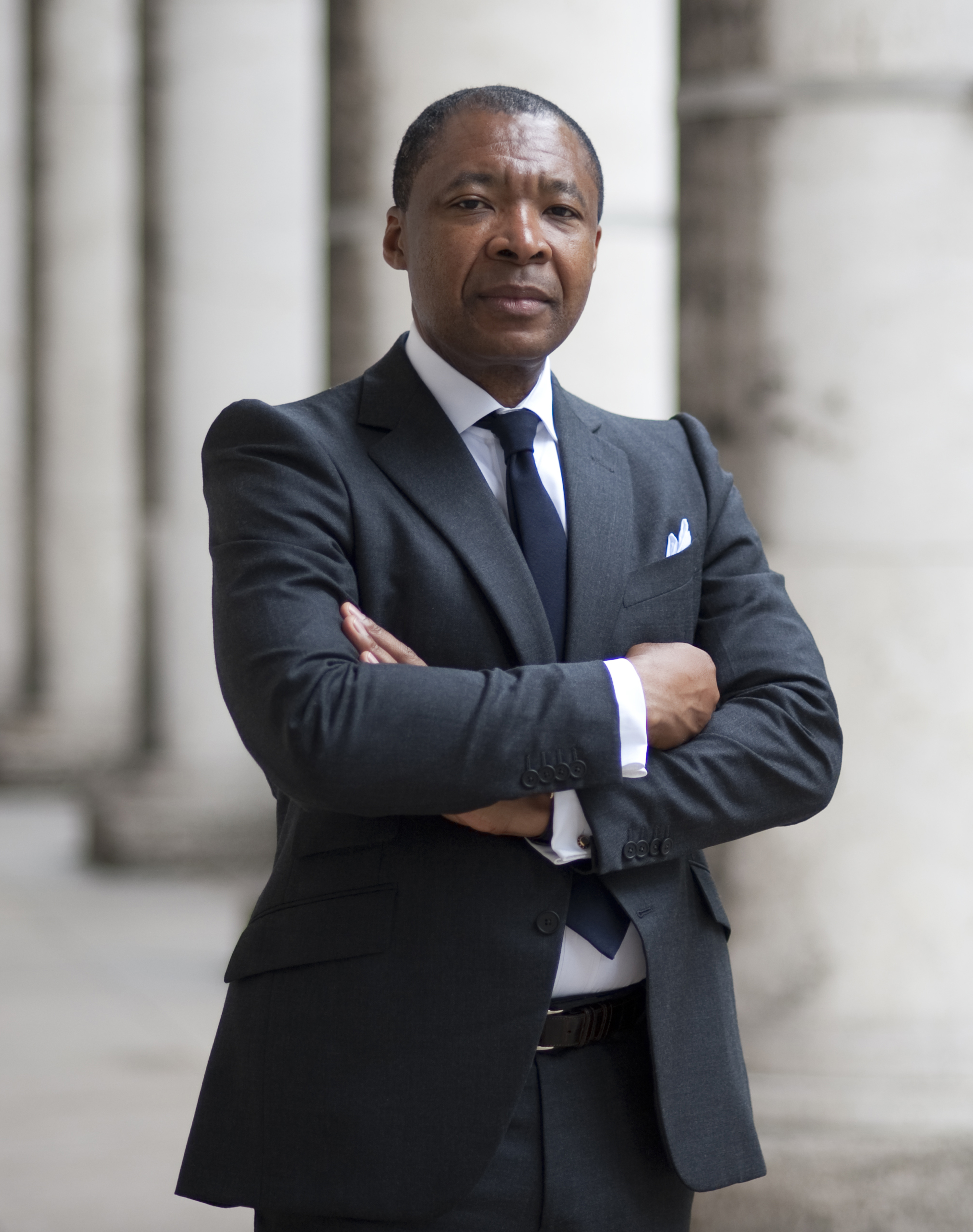
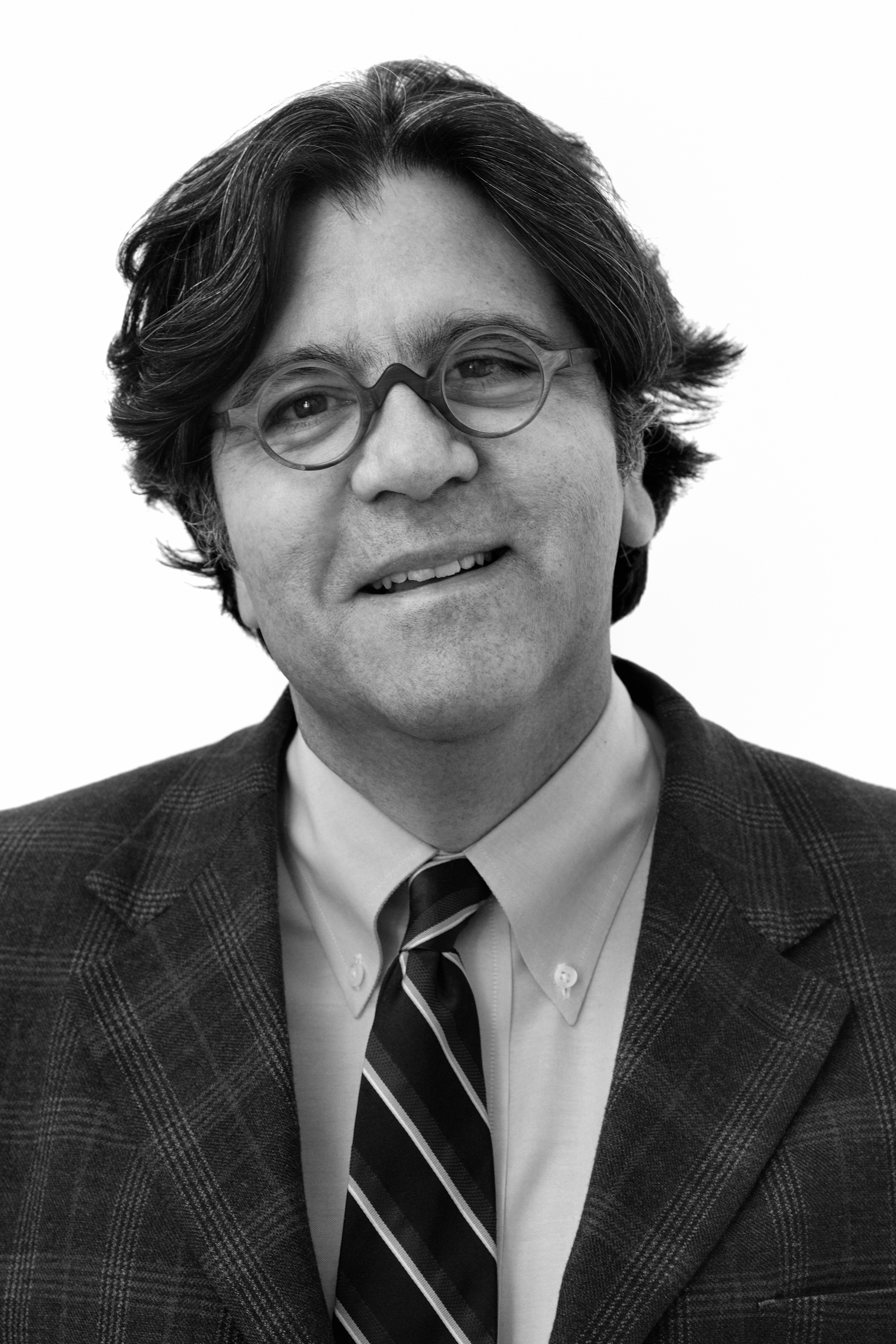
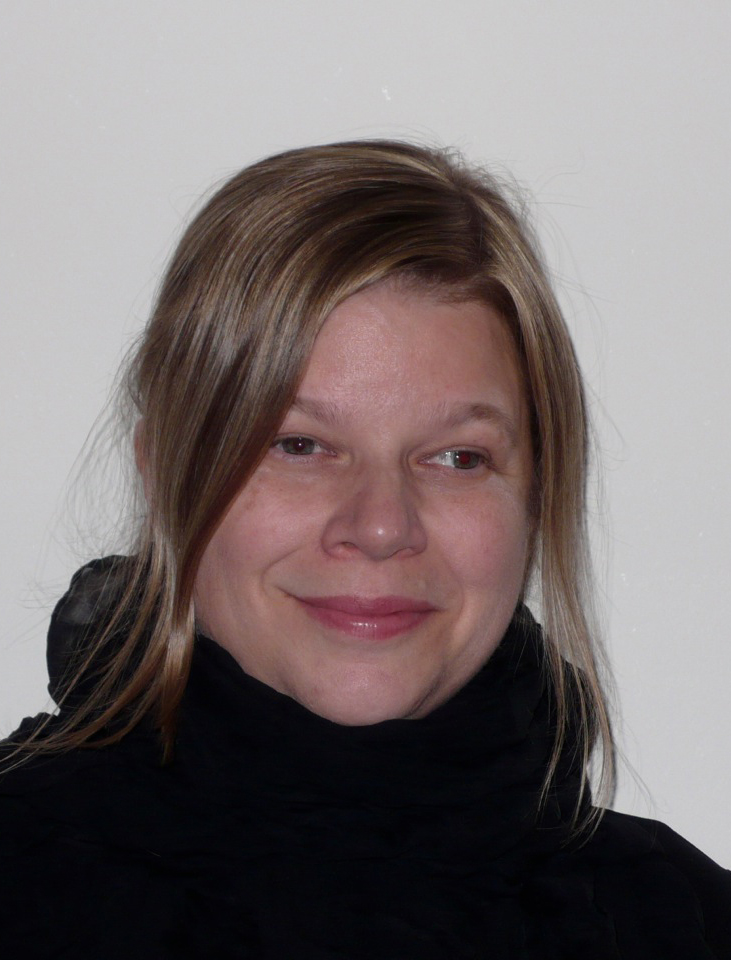
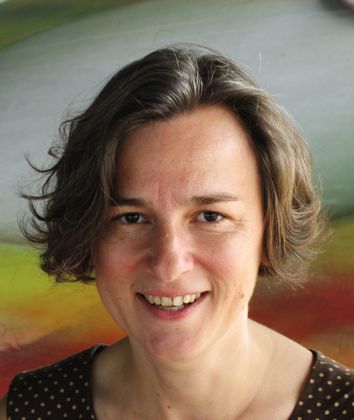
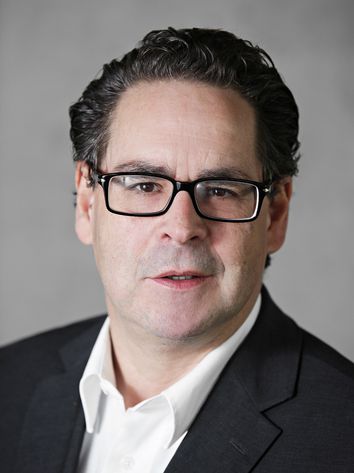
Okwui Enwezor
Luis Pérez-Oramas
Kitty Scott
Gabriele Knapstein
Udo Kittelmann
